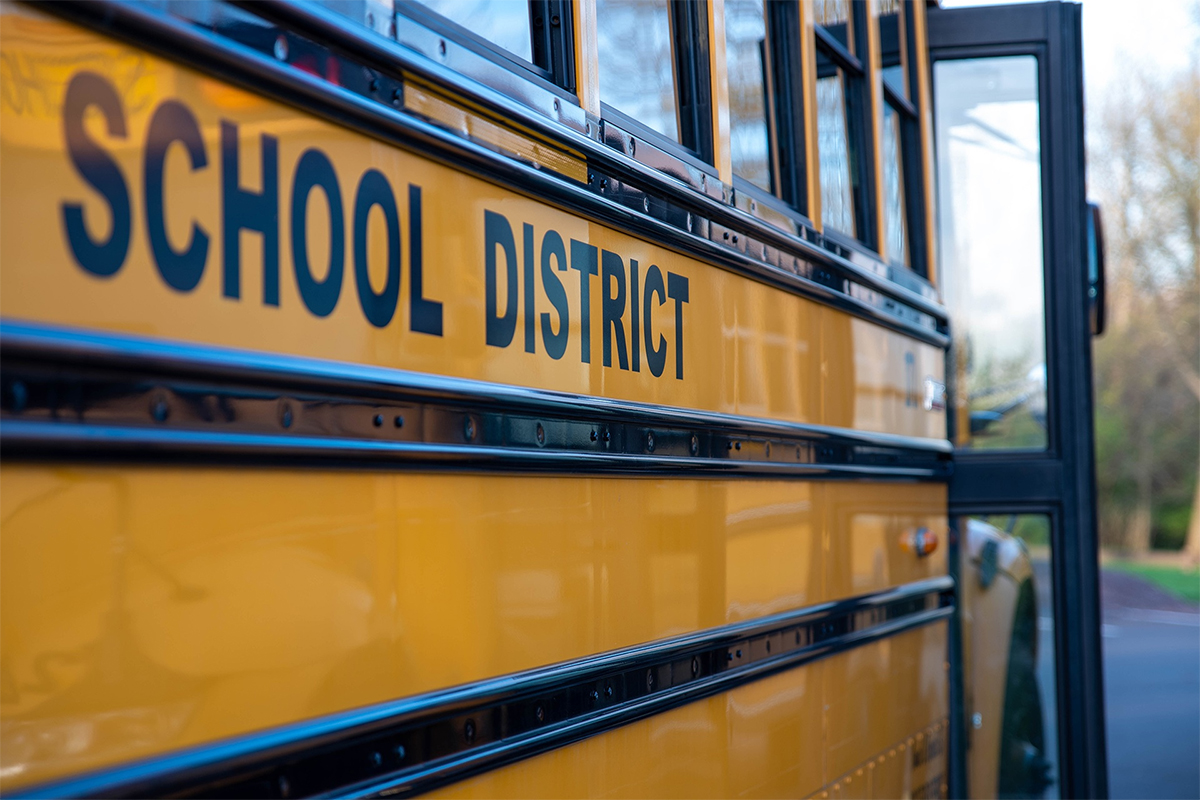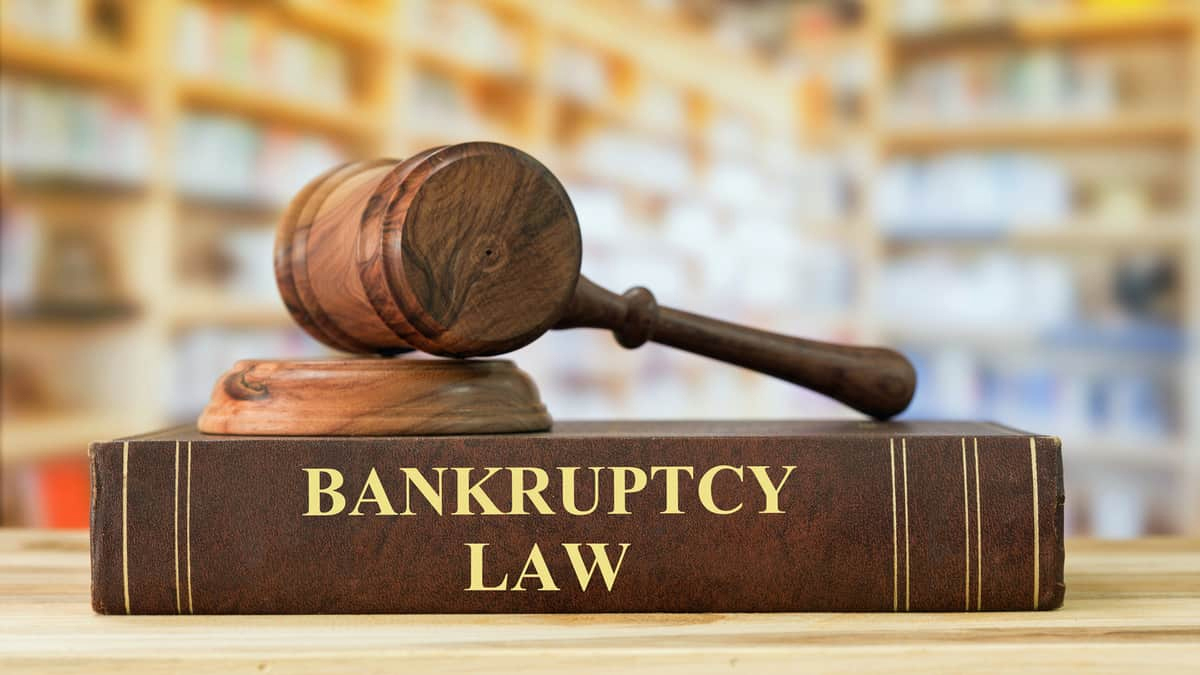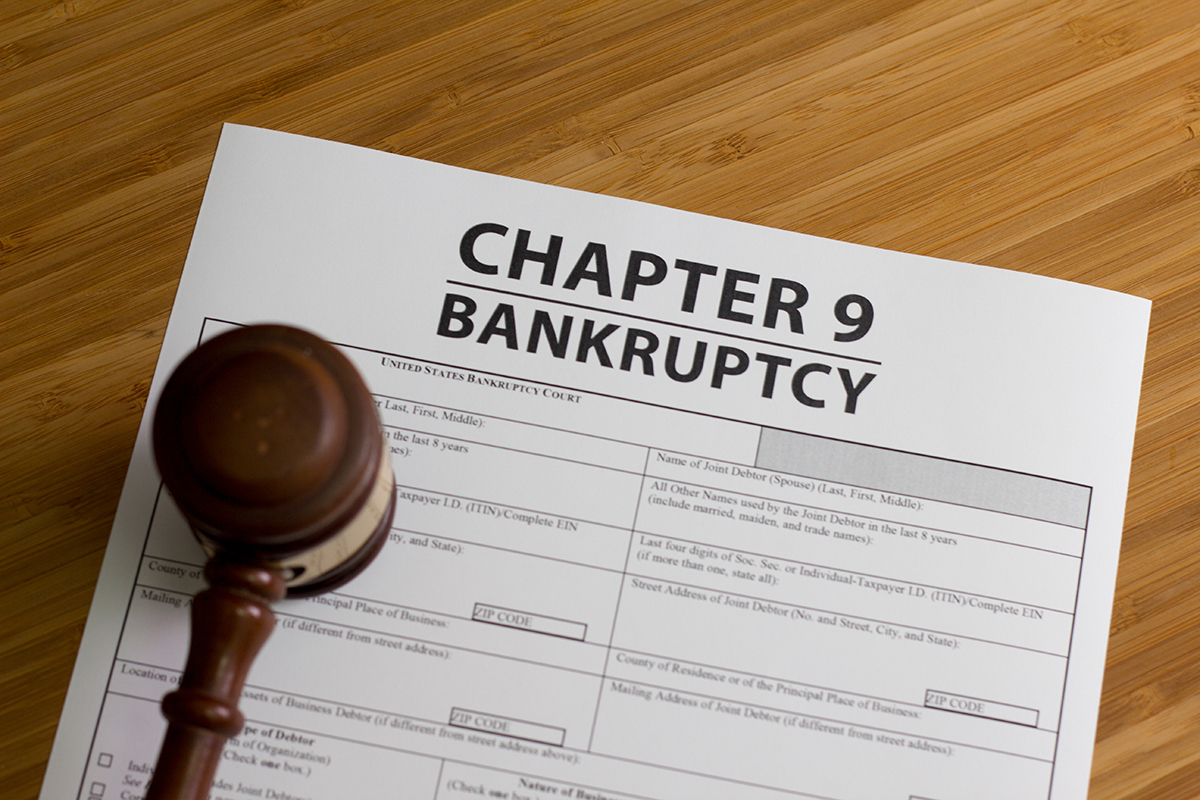Can public school districts go bankrupt?
It is a pressing issue that affects the education system as a whole in the U.S. A study in 2020-21 found that there are 13,187 public school districts in the U.S., and federal, state, and local governments fund these districts. [1] However, districts may face severe financial difficulties like other personal or business endeavors.
Here we explore the typical reasons behind a public school district filing for bankruptcy, bankruptcy laws, the eligibility criteria for declaring bankruptcy, and the process for filing bankruptcy under Chapter 9 for a public school district.
Public School District
A public school district is a governmental entity responsible for providing public education within a specific geographic area. It oversees and operates public schools, manages educational programs, and employs teachers and staff to ensure education is provided to students within its jurisdiction.
In most districts, the school board is at the top of the organizational hierarchy. It provides oversight and governance for a school district and its schools. The superintendent of schools follows the school board, along with executive officials or assistant superintendents who oversee various departments within the district’s bureaucracy.
In addition, a school principal is in charge of the daily operations of a particular school and reports to the district’s superintendent. These districts are funded by 43% from states, 44% by local governments, and 13% by the federal government for elementary and secondary education. [2]

Common Reasons for a Public School District Declaring Bankruptcy
As districts strive to maintain high education standards, they can face budget crises that may lead to declaring bankruptcy. Here are common reasons why a public school district might experience financial difficulties:
- Declining Enrollment: A decrease in student enrollment can result in reduced funding since many school funding formulas are based on student attendance.
- Budgetary Mismanagement: Poor financial planning, misallocating funds, or inadequate budgetary oversight can lead to financial instability.
- Economic Downturn: Economic recessions or downturns can impact local tax revenue, affecting the funds available to public school districts.
- State Funding Cuts: Reductions in state funding for education can significantly impact the financial health of school districts.
- Legacy Costs: Accumulated pension obligations, healthcare costs, or other long-term financial commitments can strain a school district's budget.
- Unfunded Mandates: Mandates imposed by the state or federal government without corresponding funding can create financial burdens for school districts.
- Capital Improvement Costs: Large infrastructure maintenance, construction, or renovation expenses can strain a district's budget.
- Special Education Costs: Meeting the needs of students with special education requirements can be expensive, and funding may not adequately cover these additional costs.
- Legal Settlements: Lawsuits or legal settlements can result in unexpected financial burdens on a school district.
- Changes in Demographics: Shifting demographics, such as population migration or changes in community composition, can impact funding and resource allocation.
Bankruptcy Laws that Apply
If a school district accrues more debt or financial hardship than can be paid off, schools can file for Chapter 9 bankruptcy or “municipality bankruptcy”.
Chapter 9 bankruptcy helps schools reorganize their debt when they are in financial trouble by extending debt maturities, reducing the amount of interest, or refinancing the debt by obtaining a new loan.
After a bankruptcy court confirms its plan for handling debt, it follows until it can recover from bankruptcy. While municipality bankruptcies are not common, they can be useful for organizations like schools with a lot of debt. [3]

Eligibility Criteria for Bankruptcy Under Chapter 9 for a Public School District
To be eligible for Chapter 9 bankruptcy, a district must meet several criteria:
- The school district must be authorized by state law or by a governmental officer to be a debtor
- The public school district must be insolvent
- Before filing for bankruptcy, the district should have tried to make a fair deal with its creditors
- The district must file for bankruptcy to reorganize its debts, not to liquidate
- The school district must not be able to discuss with creditors because it may be too difficult or impossible to do so [3]
Step-by-Step Process to File Bankruptcy Under Chapter 9 for a Public School District
Filing for bankruptcy under Chapter 9 can be a complex process for public school districts facing financial difficulties. Here is a general step-by-step bankruptcy process for filing bankruptcy under Chapter 9 for a public school district:
- Consult with Legal Counsel: The district should seek legal counsel specializing in municipal bankruptcies and Chapter 9 specifically to assess the district's financial situation and determine if filing for bankruptcy is the appropriate course of action.
- Authorization from State Law: The district must determine whether it has the legal authority to file for Chapter 9 bankruptcy under state law. Many states require authorization from the state government before a municipality, including a district, can file for Chapter 9.
- Pre-Bankruptcy Negotiations: Before filing for Chapter 9, the school district should engage in good-faith negotiations with its creditors to reach a mutually acceptable resolution and possibly avoid bankruptcy. In some cases, mediation or arbitration may be required.
- Resolution to File: If negotiations are unsuccessful, the district's governing body, such as the school board or its equivalent, must pass a resolution authorizing the filing of a Chapter 9 petition.
- Obtain Court Approval: After the resolution is passed, the district must file a petition for Chapter 9 bankruptcy with a federal bankruptcy court. The court will then review the petition and determine if the district meets the eligibility requirements for Chapter 9 bankruptcy.
- Development of a Debt Adjustment Plan: Once the court approves the bankruptcy filing, the district must develop a debt adjustment plan outlining how it intends to restructure its debts and obligations. The court and creditors must approve this plan.
- Negotiate the Debt Adjustment Plan: The district will need to negotiate the terms of the debt adjustment plan with its creditors. It may involve concessions such as debt reduction, extended payment terms, or interest rate adjustments.
- Court Confirmation: The district must seek court confirmation once the creditors approve the debt adjustment plan. The court will review the plan to ensure it meets the requirements of Chapter 9 and is feasible.
- Implementation of the Plan: If the court confirms the debt adjustment plan, the district must then carry out the terms of the plan, including making payments to creditors according to the restructured terms.
- Exit from Bankruptcy: Once the district successfully fulfills the terms of the debt adjustment plan, it can exit from Chapter 9 bankruptcy protection.

Contact Richard West’s law office today and begin the process of filing for Bankruptcy Under Chapter 9 to secure your public school district’s financial stability and safeguard its future.
FAQs
Yes, districts can file for bankruptcy protection under Chapter 9 of the U.S. Bankruptcy Code. However, districts should meet the eligibility criteria mentioned in the same chapter.
Bankruptcy can lead to renegotiation or restructuring of labor contracts, potential layoffs, and changes in employee benefits as the district works to reduce expenses and streamline operations.
Public school districts might consider bankruptcy a last option when facing severe financial distress. Reasons could include debt, declining enrollment leading to reduced revenue, pension liabilities, inability to meet financial obligations, or significant budget deficits.
Sources:
[1] Public school district (United States) – Ballotpedia. (n.d.). Ballotpedia. https://ballotpedia.org/Public_school_district_(United_States)
[2] Public school district (United States) – Ballotpedia. (n.d.). Ballotpedia. https://ballotpedia.org/Public_school_district_(United_States)
[3] Chapter 9 – Bankruptcy Basics. (n.d.). United States Courts. https://www.uscourts.gov/services-forms/bankruptcy/bankruptcy-basics/chapter-9-bankruptcy-basics




